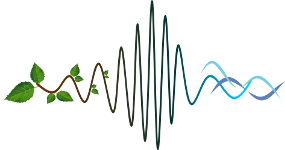A lack of well-defined protocols makes it difficult to apply the acoustic approach in studying ecology by different users, such as wildlife managers or landscape planners. The definition of the minimum required sampling effort to achieve soundscape characterization goals is fundamental for planning robust investigations on animal communities. We present a study that provides the first guidelines for monitoring soundscapes along three different tropical environments in southeastern Brazil (Minas Gerais state): Atlantic Forest, Rupestrian fields and Cerrado (Brazilian savanna).
Three autonomous recording devices (SM2, Wildlife Acoustics) recorded 24hours a day, for 6 days along a period of 15 days, both in wet and dry seasons. Recordings were successively processed via the use of an acoustic complexity index and then subsampled in order to simulate less intense recording schemes to assess the information loss when decreasing the amount of data used in the analyses.
We describe the soundscape structure of the three environments and make considerations on preferable programming routines to achieve an ideal compromise between rigorous sampling efforts and robust results. These kinds of studies are particularly important at this early stage of Soundscape Ecology research, since they could be useful to researchers and wildlife managers in order to avoid time- and resource- consuming analyses and excessive financial resources, which will be used in relation to the minimum required to obtain reliable outcomes.

 PDF version
PDF version
